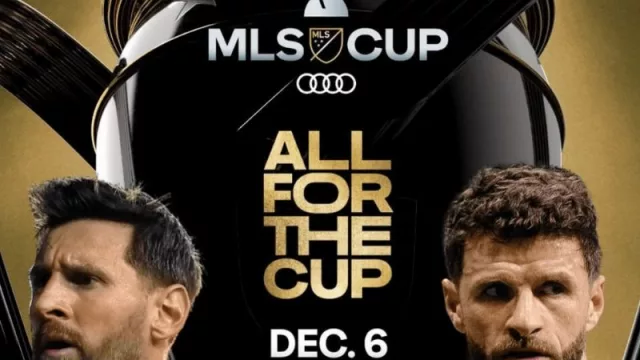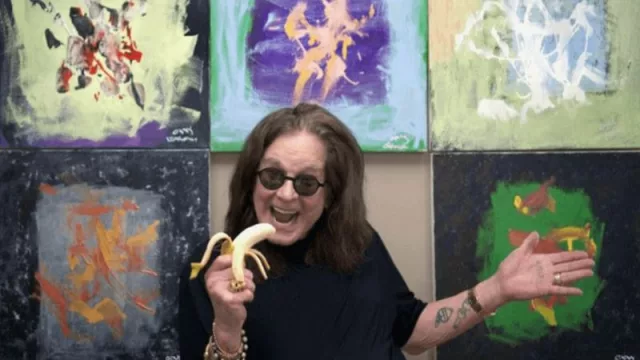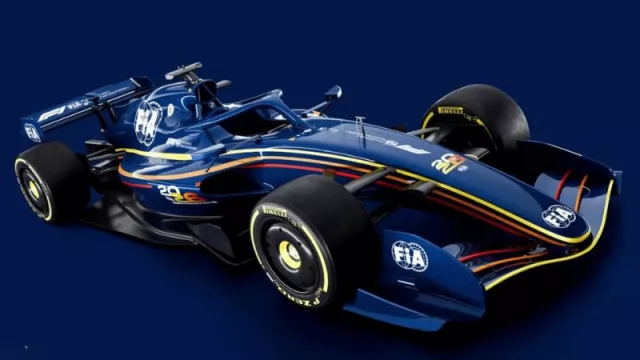Why Does Miami Generate $100 Billion Annually in Tourism While Jacksonville Struggles to Attract Visitors?
-
A 2024 study by FinanceBuzz revealed a big truth: Florida is the perfect laboratory for understanding how cities compete in the attention economy.
Miami isn’t just a city—it’s an algorithm that hacks into human desire. As Ken Griffin said when moving Citadel here: “Where there’s excitement, there’s capital.” For LATAM and Spain, the lesson is clear: invest in experiences, not things.
Key Data Points
Main Ranking
-
Study: FinanceBuzz evaluates the 75 largest cities in the U.S.
-
Miami’s Position: 2nd nationally with 71.7/100 points
-
Only higher: Atlanta (1st place)
-
Methodology: Evaluates 5 categories (nightlife, restaurants, attractions, events, outdoor activities)
Miami’s Standout Strengths
-
Michelin Dining: 16 restaurants per 100k residents (5th highest nationwide)
-
Culinary Diversity: Only 35% of restaurants are chains
-
International Tourism: 2nd national ranking with over 950,000 international visitors per capita
-
Activities: 2nd only to Las Vegas in sports teams and attractions
Extreme Contrast in Florida
-
Orlando: 4th most exciting city (“theme park empire”)
-
Jacksonville: Last nationally with 14.3/100 points
-
Tallahassee: 9th least exciting city in the country
Jacksonville’s Specific Data (Most Boring City)
-
Paradoxical Size: Largest city in the U.S. by land area but low population density
-
Nightlife: 3rd lowest rate of nightclubs nationwide
-
Entertainment: 4th fewest concert venues per capita
-
Gastronomy: 54% of restaurants are chains (little variety)
Tallahassee’s Specific Data
-
Status: State capital and college town
-
Weaknesses: No award-winning restaurants, fewer attractions per capita
-
Population: Student-heavy but doesn’t translate into entertainment options
National Context
-
Florida’s Diversity: State with the highest contrast—2nd most exciting and most boring city nationally
-
Visitor Profile in Miami: Ideal for late-night ceviche, rooftop cocktails, dancing till dawn
-
Visitor Profile in Jacksonville: Recommended for “quiet stay with good reading”
Extreme Contrast: Florida leads both ends of the ranking
-
International Tourism: Miami as Latin American gateway
-
Premium Gastronomy: High economic impact from Michelin-starred restaurants
-
Urban Development: Density versus land area in city experience
-
Entertainment Economy: Public/private investment comparison between cities
Additional Context Data
-
Methodology: Objective, per-capita data evaluation
-
Economic Impact: Ranking influences tourism and relocation decisions
-
Trend: Cities are diversifying entertainment offerings post-pandemic
Micro IN Miami Note: 5 Strategies That Kill Boredom
-
Gastro-Diplomacy: 16 Michelin restaurants per 100k residents (vs. 2 in NYC) (Michelin Guide 2024)
-
Nightlife 4.0: 83% of clubs use AI for personalized playlists (e.g., E11EVEN Miami)
-
Sports = Business: 7 pro teams generate $2.3 billion annually (Miami Sports Council)
-
Hyperactive Tourism: 950k international visitors per 100k residents (2nd after Vegas)
-
Emotional Real Estate: Properties with ocean views sell 47% faster (CBRE)
Miami – The Success Manual for the Experience Economy
Miami doesn’t just sell sun and beaches; it sells strategic dopamine. As explained in The Experience Economy (Pine & Gilmore):
-
Case 1: Cote Miami (Korean-American steakhouse) does $15M annually blending K-pop with Wagyu beef.
-
Case 2: Ultra Music Festival generates $350M in 72 hours, matching the annual GDP of medium-sized LATAM cities.
-
Key Data: 35% of Miami restaurants are local vs. 54% chains in Jacksonville (FinanceBuzz).
Secret Formula: “1% luxury + 99% Instagrammability”—the same formula used in Dubai and Singapore.
Jacksonville – Why the “American Dream” Here Is a Nightmare
While Miami grows at 4.9% annually, Jacksonville only at 1.2% (BEA). Fatal errors:
-
Lack of Creative Density: 1,262 residents/km² vs. 4,890 in Miami (U.S. Census)
-
Zombie Tourism: 62% of attractions are historic museums vs. 11% in Miami (TripAdvisor)
-
Soulless Real Estate: 72% of buildings are vacant offices post-COVID (JAX Chamber)
Lessons for Investors (and Governments)
-
The 80/20 Rule of Leisure: Miami invests 80% of its budget in international events (F1, Art Basel, eMerge Americas)
-
Talent = Entertainment: Scholarships for DJs at Miami Dade College (+200% enrollment since 2022)
-
Emotional Infrastructure: MIA Airport features AR screens showing beaches in real time
FAQs
Why does Miami outperform NYC in luxury tourism?
Because 40% of its visitors are High Net Worth Individuals (assets over $10M) vs. 22% in NYC (Knight Frank).
What can LATAM businesses learn?
The “Wynwood Formula”: street art + gastronomy + tech. For example, Medellín is already doing this in Comuna 13.












Tu opinión enriquece este artículo: